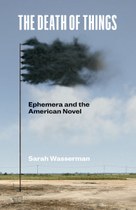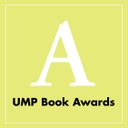The Nation: How ‘Things’ In Fiction Shape the Way We Read
 Much of our material world is caught somewhere between disposability and permanence. It is not always clear what will last or what won’t; we stumble upon old stuffed animals from childhood that have strangely endured beyond the versions of ourselves that played with them. Or some things have an afterlife in new forms, one guaranteed by recycling or alteration. “Consumer habits shaped by a national ideology of progress and innovation have given rise to a frequently binary relationship to objects: either they persist, archived or curated to help stabilize individual and collective memory and identity, or they are disposable, cast out of sight and out of mind,” writes scholar Sarah Wasserman in her recent book, The Death of Things. “But between these two poles exists a greater number of objects that are neither quite lost nor quite present; neither dead nor alive, they are instead dying, coming to us in an ongoing state of ceasing to be.”
Much of our material world is caught somewhere between disposability and permanence. It is not always clear what will last or what won’t; we stumble upon old stuffed animals from childhood that have strangely endured beyond the versions of ourselves that played with them. Or some things have an afterlife in new forms, one guaranteed by recycling or alteration. “Consumer habits shaped by a national ideology of progress and innovation have given rise to a frequently binary relationship to objects: either they persist, archived or curated to help stabilize individual and collective memory and identity, or they are disposable, cast out of sight and out of mind,” writes scholar Sarah Wasserman in her recent book, The Death of Things. “But between these two poles exists a greater number of objects that are neither quite lost nor quite present; neither dead nor alive, they are instead dying, coming to us in an ongoing state of ceasing to be.”



